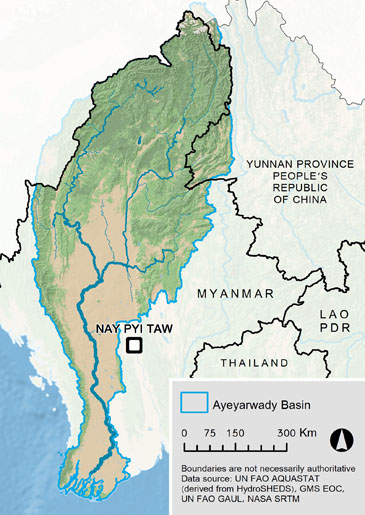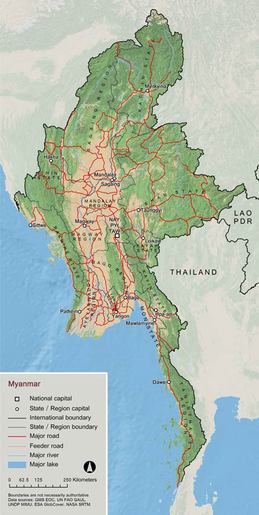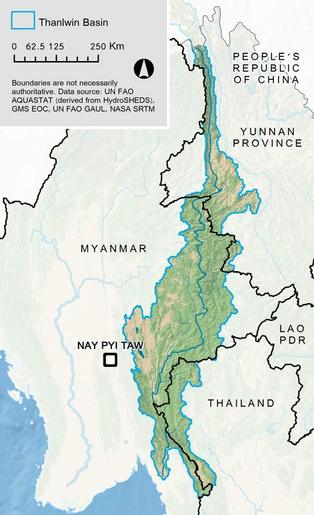The Greater Mekong Subregion (GMS) has seen rapid economic growth of its country membersduring the past two decades, especially the effectiveness of the ASEAN-China FTA. Together with adeeper and greater economic integration process in line with the ASEAN Economic Community(AEC) blueprint, the implementation of the Lancang-Mekong (LM) Cooperation Mechanism, China’s“the Belt and the Road” initiative, and other regional and subregional cooperation frameworks, thereis a greater demand for the development of transport and logistics infrastructure as well as serviceslinkages where the logistics and transport multimodal have been applied and developed in the region.
In the new development context, Lancang-Mekong (LM) River, as a key part of the GMS transportnetwork, plays a crucial role in transport connectivity between the upper and lower riverine countriesthrough the waterborne navigation system. This navigation system is now fronting both opportunitiesand challenges that have drawn greater attention from China, Lao People’s Democratic Republic (LaoPDR), Myanmar, and Thailand (CLMT) through a due consideration of the potential development ofthe international shipping and transportation route from Simao District in Yunnan Province, China toLuang Prabang in the Lao PDR.
Development_Potential_for_International_Shipping_on_the_Lancang-Mekong_River.pdf (10 MB)


